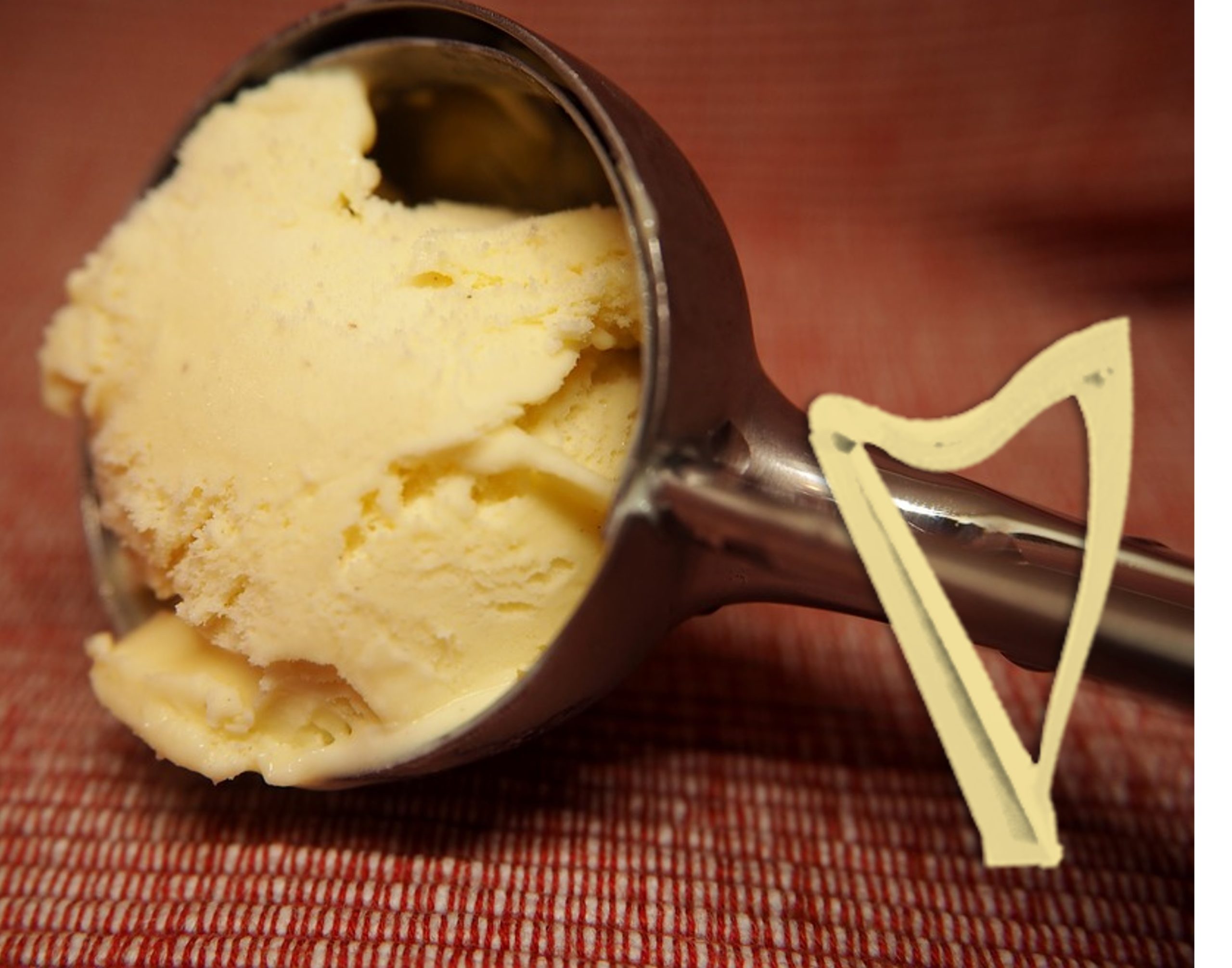 People often tell me that all Celtic music sounds the same – the Irish tunes, the Scottish tunes, the Welsh, the Galician, the Breton ones too. When I started playing the harp, I agreed – I couldn’t tell them apart. The only way I could be sure was that the tunes on Great Highland Bagpipe were Scottish (probably).
People often tell me that all Celtic music sounds the same – the Irish tunes, the Scottish tunes, the Welsh, the Galician, the Breton ones too. When I started playing the harp, I agreed – I couldn’t tell them apart. The only way I could be sure was that the tunes on Great Highland Bagpipe were Scottish (probably).
Over time, and with the help of great teachers, I learned to listen. And over time, by listening, the sounds and styles of the music become less opaque (even to me and I don’t listen very well). Those sounds and stylistic elements that arise from the music reflect the different, but related, cultures.
These idiomatic elements are really interesting (especially if you’re nerdy!). I’m always curious about how people define themselves and the things they create to define their groups. If you grow up inside a group, you may not even be able to detect the “fence” that defines that group, but you know where that fence is. And if you are interested, you can not only begin to see the fence, you can even learn what it is made of.
The idiomatic elements are the fence and are everywhere throughout the music. These elements help define the music. So studying these (or at a minimum, observing them) can help level up your musicianship. And if you think this only applies to Celtic music, think again. Every genre of music reflects a set of idioms. Whether it’s classical, Top 40, hip hop, Scandinavian, medieval, reggae, whatever – the idioms make the music identifiable (and classifiable).
Now, while it is possible to make “vanilla” music, most of us would probably rather not. We want our Irish tunes to sound Irish. We want the Baroque tunes to sound like it’s the 17th century not the 19th. Frankly, it can be a little embarrassing to play a tune like it came from somewhere (or somewhen) else – even when you know that to the listener it’s all just “pretty music” – because then it is vanilla!
Just now I’m working on three very distinct projects that definitely need to be presented in their own idioms. One is really comfortable to me, but the other two are “stretch” projects. Stretching is exciting and fun…and intimidating. I don’t know these two stretch idioms so I’m listening to music I’m not used to – seeking to find those elements that are part of the idiomatic fence. Those are the things I’ll need to incorporate into my music – not just to make the projects work but also to make the output more authentic.
Listening to new music is sort of like developing a crush. You have to pay really close attention to everything – what is that drum line? How is that loop built? Is that a saxophone? Like a new crush, you find reasons to spend time together with the music. In that time, nothing is as lustrous or compelling. And like a crush, the infatuation wanes (usually to the delight of those around you!). All those things that were so fascinating become a bit ho-hum or tarnished. Reason returns. And with that, a new clarity – the idioms may not still be sparkly, but they are revealed and now useful and ready to be incorporated into working projects! You have found the fence!
So, what are you listening for when you’re trying to get your head around a new idiom? Here are some ideas:
- Rhythm – how do they mark time? Where is the beat? Where is the pulse? What happens in the rhythm – especially the bass and the drum lines? Are there counters and if so, where, and how? What’s the time signature or meter?
- Harmonies – does the tune use a chord progression you expect? Or does it surprise you? How does the harmony move? Is there a harmony?
- Melody – How does the melody move? What kinds of intervals are used? Is it “catchy”? Is it complex or simple? What drew you to it in the first place? What kept you coming back?
- Setting and arrangement – what instruments captured your attention? What about the arrangement is compelling? What can you copy or replicate on the harp and what needs to be replaced (and how)? Will the harp arrangement “scratch the itch” created by the original arrangement?
Once you’ve noticed these things, then you can compare and contrast with your usual music. You will likely frame this as “difference” between what you know and what you’re learning. All this will help you find the “fence”. Then you can incorporate elements – and keep from being vanilla!
Just think what that can mean for your new music! More – think about what this can all mean for your existing repertoire! What can you do with this? How will you stray from vanilla? Let me know in the comments!
Comments
6 responses to “Don’t be Vanilla”
What a wonderful topic! I love the guide that you laid out describing how to listen to music…. breaking things down like that is so helpful to me! I’m about 8 months into my own journey of trying to learn about the roots of the traditional music that I have fallen in love with, and the thing that I am still struggling with is the step right before the actual listening step… it’s identifying what exactly I should be listening to. It’s identifying what an authentic representation of a tune is. For example, I recently came across some music for a tune called Loch Gamhna. The tune was identified as a traditional Irish reel, so I went in search of examples of it being played. The sheet music in my hands was written in 4/4 time and contained mostly 8th note runs. I found a video of the exact arrangement I had in my hands online, and while lovely and beautifully played it did not have any lilt or swing. I knew enough to question the lack of rhythm (vanilla??) so I asked my teacher to listen to it as well… she told me it is a Scottish tune called Loch Leven that actually should be played as a hornpipe. Which left me wondering how I could possibly have figured that out by myself. I guess at this point I’ve learned enough to suspect the presence of vanilla, but I don’t yet know how to identify the chocolate or strawberry that I am looking for……
Leslie – I know e-x-a-c-t-l-y what you mean. The best advice I ever got on this was from Sue Richards who always says, “Listen, listen, listen!” – and she’s spot on, because you can’t always believe what you read (ala the sheet music) or even what you find online (ala delightful but technically inaccurate youtube videos). And, especially with Irish/Scottish music – between the Celtoid stuff (that’s not really Scottish or Irish, but is popular) and the sharing in sessions (where loads of great music gets shared but also gets flattened out) it can be hard to tell. There are also all the tunes that are shared (e.g. Planxty George Brabazon/Twa Bonnie Maidens or The Princess Royal) which are known in both traditions (probably from that same session sharing, just historic instead of modern!). And Loch Leven – love that tune! Hope we can play it together sometime soon! 🙂
Jen, I would love to someday play Loch Leven with you… I am working on it and loving it as well. As a hornpipe!
I am listening as well.. and finding lots to love as I do. I’m reading as well, and have learned lots from this blog. So please keep writing….
Leslie
Leslie – THANK YOU for your lovely words! I’ll keep at it!

Great topic (and perfect title)! This is something I need to think about a lot more. It’s great to have a palette and to be intentional about the brush we are using. And this topic is so complex because we may have the feel or notion for various styles without having the words to clearly describe it. Yesterday out of curiosity I was listening to YouTube posts I searched for under “Renaissance Faire Harp”. I don’t think what came up really fit, and felt dishonest. Lots of people playing vanilla versions of tunes definitely not from anywhere close to the appropriate era…all bordering on being offensive for its misrepresentation…and then a few people played a Cantiga that sounded authentic and had the magic! There is a BIG difference. It’s almost like the difference between lying and telling the truth. Traditional music evolves and changes and pushes boundaries to be innovative and relevant but still respects the music. We are lucky to have some beacons to look up to in this respect! Thank you to those luminaries who light the way (you know who you are)!
I like that you brought up intention in our playing!